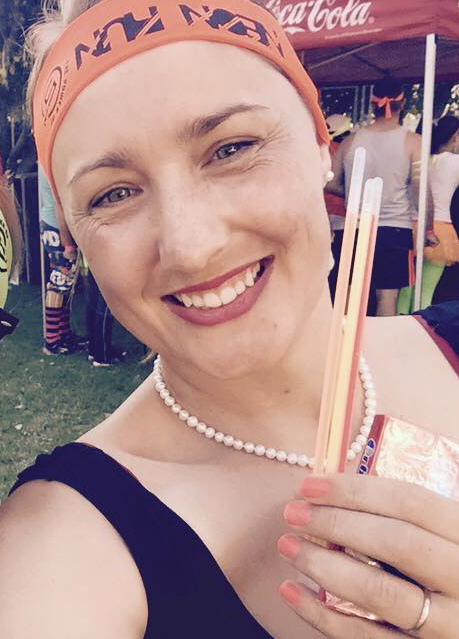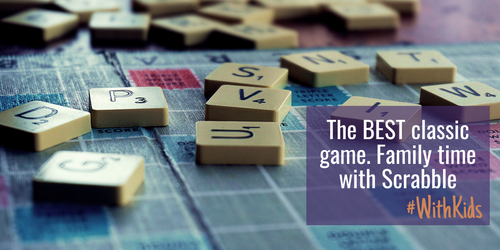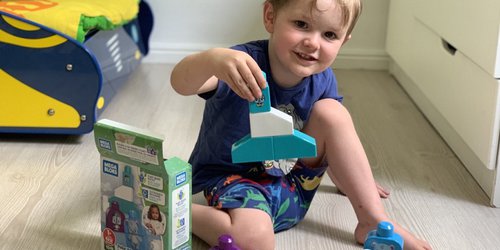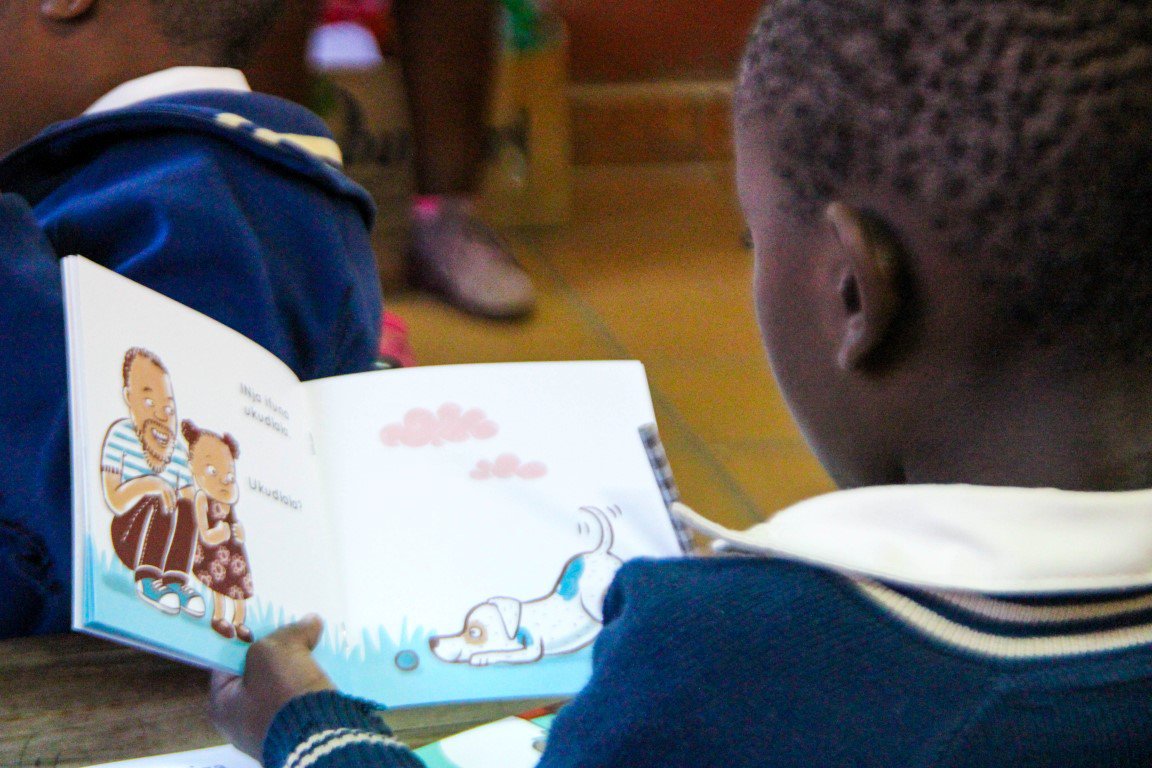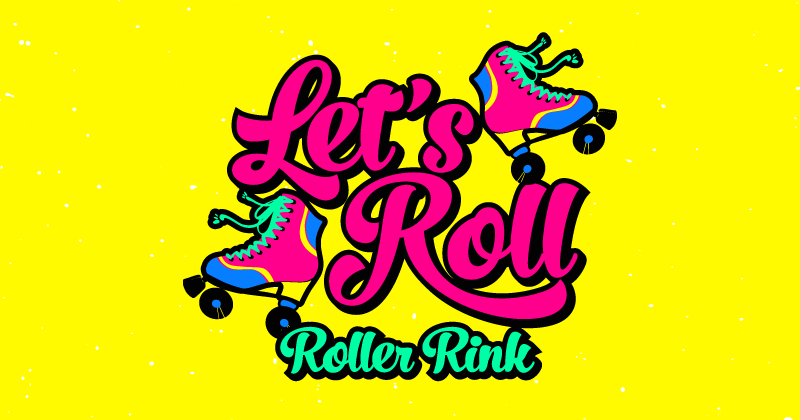This is why your child needs to master spatial awareness
Healthy kids #2 – with Acrobranch
Spatial awareness is what architects use when they design gigantic hotels, what surgeons use when they operate, and computer engineers use when they design complex 3D models. We are born spatially aware. Even minutes after birth, infants show preference in tracking a human-like face over a blank head outline, suggesting that they can discriminate between the two. Spatial knowledge and language predict future academic performance and children who acquire a solid understanding of space and spatial language tend to demonstrate higher math achievement than students who do not achieve such mastery.
The great news is that we as parents and caregivers can assist our children in achieving this. Acrobranch outdoor playparks has given us the opportunity to discuss what spatial awareness is and how to develop this in a fun, practical way. They have various parks across South Africa (Gauteng, Western Cape and Garden Route section of Western Cape), end they are passionate about raising a generation of healthy kids with a love for nature.

What children need to learn about space
- Basic positions
- Complex positions
- Maps
How to develop spatial awareness: Basic positions
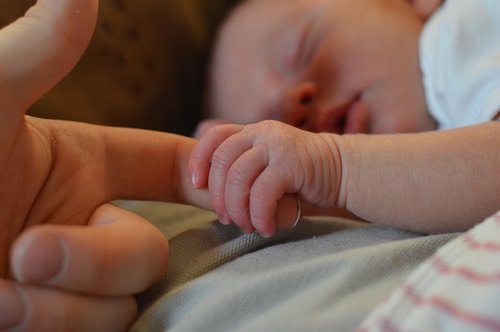
Remember the first time your little baby reached out their little hand to touch your cheek? After a few unsuccessful wavy attempts, and maybe a little leaning in from your side, they learnt how far to stretch the muscles in the arms and shoulders to reach you. Over time, your little one was able to reach for objects automatically and with accuracy.
Children thus tend to naturally develop a sense of spatial awareness in simple positions. This can be developed further through verbal instructions as spatial awareness is helpful in understanding direction, distance, location and for depth perception. I remember my first experience with my daughter at Acrobranch in Constantia. I was so overprotective and acting like a typical helicopter parent, instructing her step by step:
- Wait BEHIND your brother.
- Climb ON the ladder.
- Stand ON TOP OF the platform.
- Position the clip in the MIDDLE of the yellow "spongebob".

- Duck UNDER the cable.
- Ride ON the wooden scooter.
- Yeah! Wave to your friends BELOW the course.
- There is soft padding AT THE BOTTOM OF the zipline, no stress!
I did this until she could master navigating objects around her and moving her body in space. It took about two rounds on the Acro Twigs course. Though she found it challenging at first, the bubbly sense of achievement made us go back again and again. Knowing that playing and navigating obstacle courses can assist in future skills brings joy to my heart and makes it an even more attractive weekend outing.
Spatial awareness in basic positions are thus learnt naturally and through verbal instruction. It can be practiced at home or on the playground. If your child is still young try picking one position per week e.g put the wooden block on top of the other…. The photo is on top of the shelf… It is also a great idea to look at our previous “Healthy Kids” article on practical proprioceptive activities that calms and awakens to better understand your body in space.
Mastering spatial awareness: Complex positions
In order to move beyond the basic understanding of positions both adults and children also need to learn complex positions like
- Left and right
- Dual relations – a child can be standing under the cable, on top of the branch (between the cable and the branch).
- Directional positions – e.g. on a grid or a climbing wall for older kids- “grab the third grip from the top, to your right.”
- Symmetry
Again this can be practiced at home or during a fun weekend on an outdoor obstacle course like Acrobranch, first through education (structured play) and then through free/unstructured play.
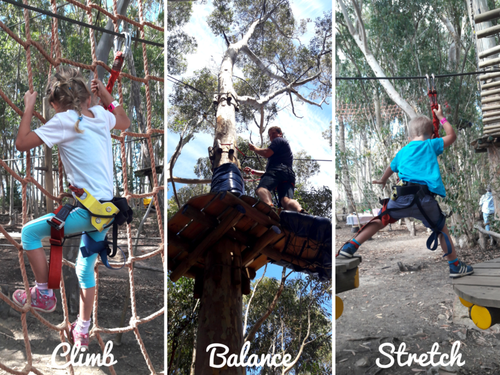
Applying spatial awareness: Mapping
Mapping is challenging for children as they tend to think egocentrically- i.e only seeing things from their perspective and point of view. As they get older we can start teaching them to map objects and learn that these objects are also positioned relative to objects other than ourselves. A good exercise is to place three objects on a table and ask them to draw it or map it out. Then position the child on the other side of the table flat lay and repeat the exercise. When they are much older- let them map out their Acrobranch course or a scavenger hunt map!
How do you practice spatial awareness and thus future math skills at home? Let me know in comments!
